Learn about the best memory care homes in Saline, MI. Compare options to find the ideal environment for loved ones needing specialized care and support.
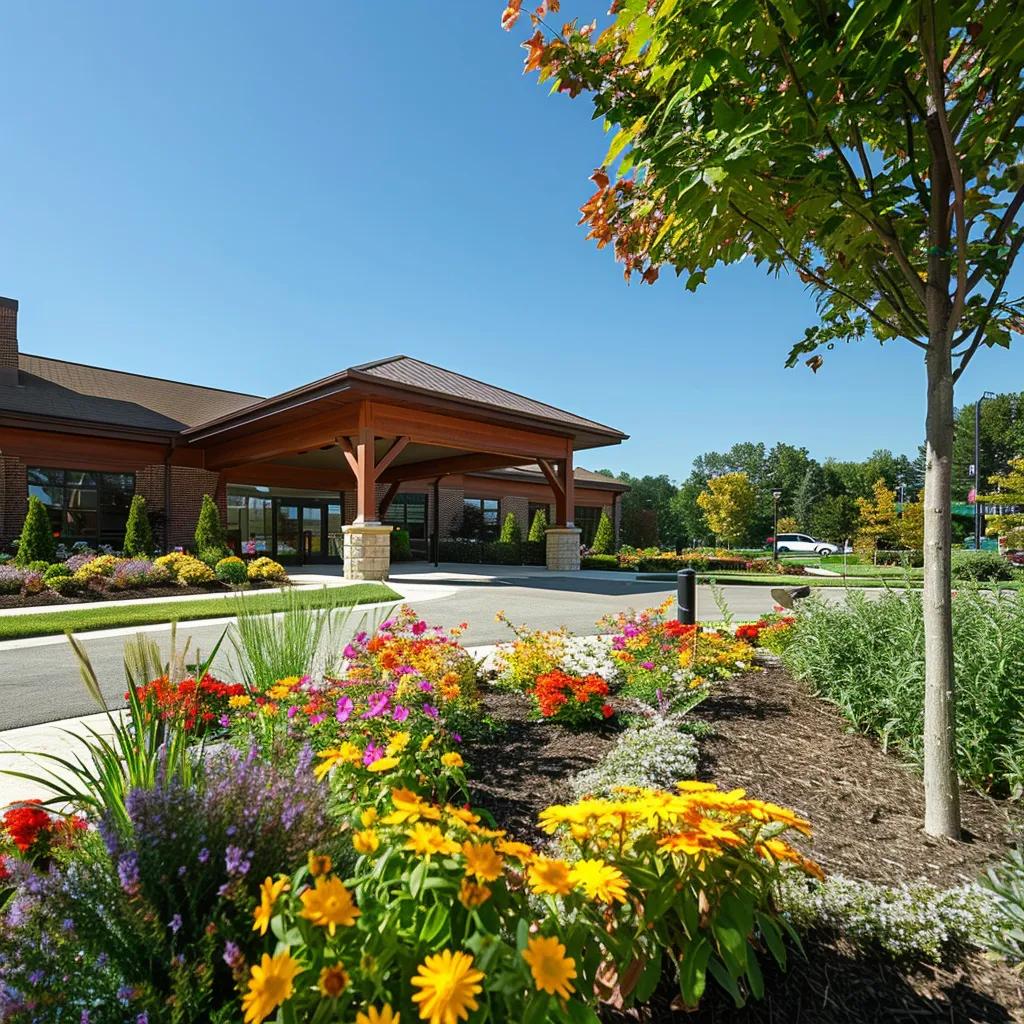
Explore Memory Care Homes in Saline, MI – What to Expect
Explore Memory Care Homes in Saline, MI – What to Expect
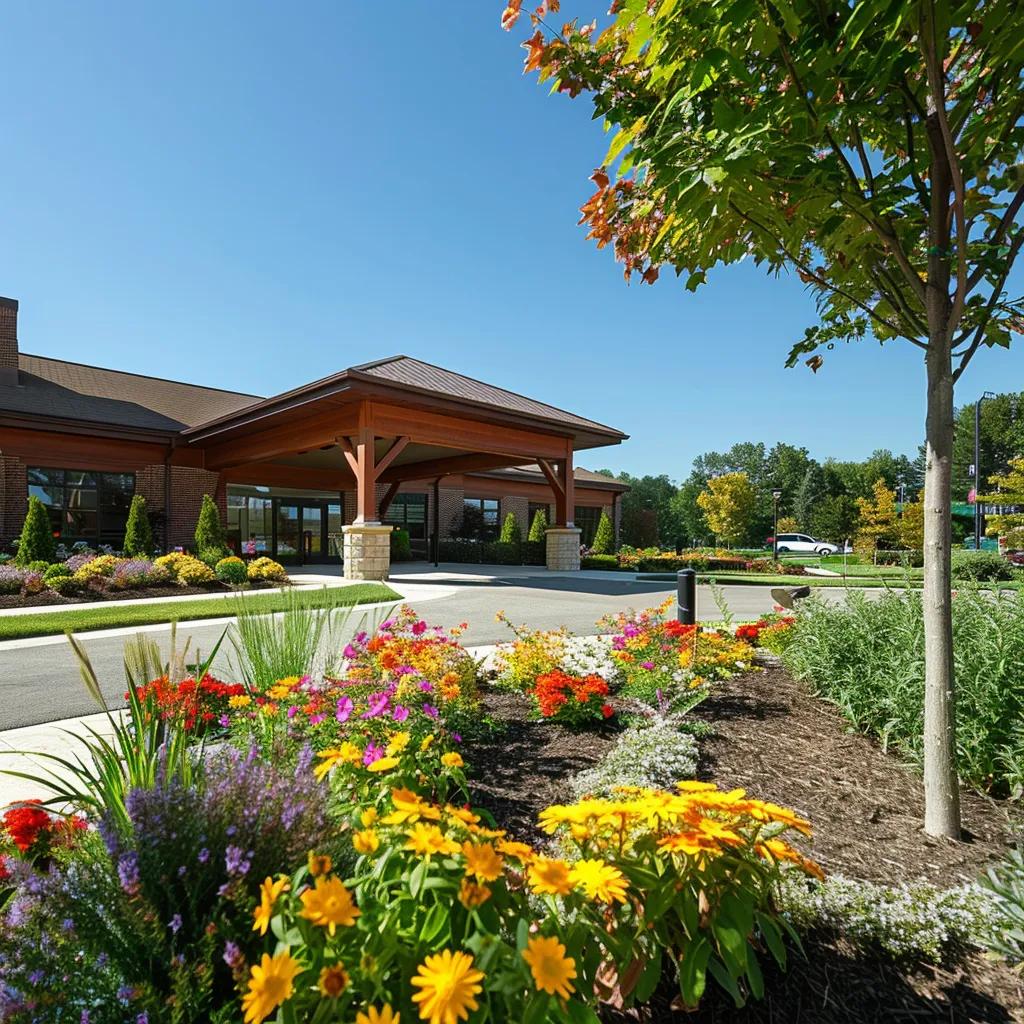
What to Expect at Saline, MI Memory Care Homes

Choosing the right memory care home in Saline, MI directly influences safety, comfort, and quality of life for seniors with dementia. This guide clarifies specialized dementia care, outlines services and amenities, explains cost factors, offers decision-making criteria, highlights daily life at Memory Lane Home, and presents family support resources. By comparing personalized care plans, secure environments, and therapeutic activities, you’ll gain clear insight into what distinguishes leading memory care homes in Saline and why a high caregiver-to-resident ratio matters for individualized attention.
What Is Specialized Dementia Care in Saline Memory Care Homes?
Specialized dementia care in Saline memory care homes is person-centered support designed to address cognitive decline and behavioral changes, ensuring safety and preserving dignity. Facilities implement structured routines, trained staff protocols, and environmental modifications to reduce confusion and agitation. For example, secure indoor/outdoor spaces use color-coded cues to guide movement and minimize disorientation while maintaining a home-like atmosphere.
Specialized Dementia Care
Specialized dementia care in memory care homes focuses on person-centered support to address cognitive decline and behavioral changes, ensuring safety and preserving dignity through structured routines and environmental modifications [22].
This recommendation emphasizes the importance of person-centered care in dementia care settings.
How Does Memory Care Differ From Assisted Living?
Memory care differs from assisted living by focusing on cognitive support rather than general independent-living assistance. Memory care facilities employ dementia-certified caregivers, structured therapeutic programs, and secure layouts, whereas assisted living emphasizes services like housekeeping and medication reminders for residents with minimal cognitive impairment. This targeted approach enhances engagement and reduces risk of wandering.
What Are the Key Characteristics of Quality Dementia Care?
Quality dementia care features a secure environment, staff with specialized training, personalized routines, and therapeutic engagement that promote cognitive stimulation and emotional comfort. Staff receive ongoing dementia education, use validation communication techniques, and adapt activities to each resident’s life history. These elements combine to maintain safety while encouraging familiarity and trust.
Which Types and Stages of Dementia Are Supported?
Saline memory care homes support Alzheimer’s disease, vascular dementia, Lewy body dementia, and frontotemporal dementia across mild, moderate, and advanced stages. Care plans evolve with progression: early stages focus on memory exercises and socialization, moderate stages emphasize daily living assistance and safety measures, and advanced stages provide intensive supervision, specialized feeding assistance, and palliative support when needed.
What Services and Amenities Do Saline Dementia Facilities Offer?
Saline dementia facilities combine health monitoring, personal assistance, and enriching experiences to foster well-being and preserve abilities.
How Are Personalized Care Plans Developed and Implemented?
Personalized care plans begin with a comprehensive assessment of medical history, cognitive function, daily living abilities, and personal interests. Interdisciplinary teams—including nurses, therapists, and activity coordinators—set individualized goals for medication management, dietary needs, mobility support, and mental stimulation. Care plans are reviewed monthly and adjusted to evolving needs.
What Therapeutic Activities and Programs Are Available?
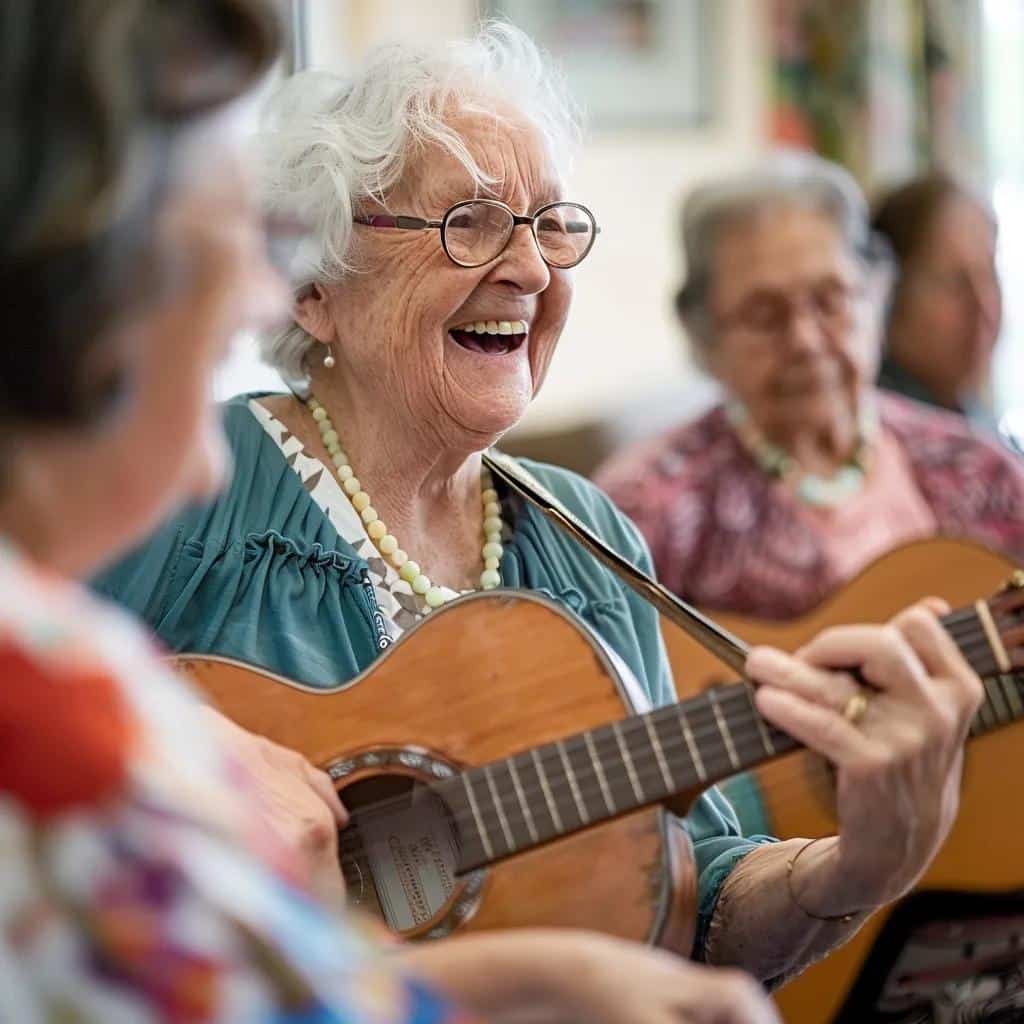

Facilities offer diverse therapeutic programs designed to engage cognition, improve mood, and encourage social connection. These typically include:
- Music therapy sessions to stimulate memory recall
- Art therapy workshops that foster fine motor skills
- Reminiscence groups using photos and storytelling
- Sensory stimulation exercises such as tactile mats and aromatherapy
Therapeutic engagement promotes neural pathways and enhances emotional well-being.
How Do Facilities Ensure a Safe, Secure, and Home-like Environment?
Staff design environments to minimize fall risk, prevent wandering, and create familiarity. Security features include locked exterior doors with keypad entry, enclosed garden courtyards, and motion-sensor lighting. Interior layouts use wide corridors, handrails, and clear signage. Décor mimics residential homes with comfortable seating areas, family-style dining rooms, and personalized room touches that promote independence.
Why Is a High Caregiver-to-Resident Ratio Important?
Maintaining a high caregiver-to-resident ratio ensures prompt response to needs, consistent supervision, and strong relationship building for seniors with dementia.
Smaller ratios enable personalized attention, reduce wait times for assistance, and allow caregivers to notice subtle changes in mood or health.
How Much Does Memory Care Cost in Saline, MI?
Memory care cost in Saline, MI varies by level of care, amenities, and location, reflecting the intensity of specialized support and environment enhancements.
What Factors Influence the Cost of Dementia Care?
Several factors influence memory care pricing:
- Level of cognitive support and supervision required
- Range of therapeutic programs and in-house therapies
- Quality of dining services and specialized meal plans
- Facility features such as private rooms, secure courtyards, and technology
- Staffing levels and specialized training investments
Each attribute adds to the overall cost while enhancing resident safety and experience.
How Can Families Plan Financially for Memory Care?
Families can plan by exploring Medicare/Medicaid eligibility for skilled nursing, veterans’ benefits for memory care assistance, long-term care insurance policies, and private pay options. Establishing a budget early, consulting a financial planner familiar with elder care funding, and asking facilities about tiered pricing plans help manage expenses and reduce stress during transition.
What Is the Average Monthly Cost of Memory Care in Saline?
The average monthly cost of memory care in Saline, MI is approximately $5,122, covering 24-hour cognitive support, meals, activities, and secure living spaces.
Transparent cost breakdown helps families anticipate total expenses and align funding sources with care requirements.
How Do You Choose the Right Dementia Facility in Saline?
Selecting the right facility requires evaluating care philosophy, environment, and personalized offerings to match your loved one’s needs and family expectations.
What Questions Should Families Ask During Facility Tours?
When touring, families should ask:
- What is your staff training protocol for dementia care?
- How are care plans updated as needs change?
- What safety measures prevent wandering and falls?
These inquiries clarify operational standards and commitment to specialized memory support.
What Evaluation Criteria Help Compare Saline Memory Care Homes?
Key criteria include:
- Caregiver expertise in dementia communication techniques
- Therapeutic program variety and resident participation rates
- Facility design for ease of navigation and memory cues
- Family involvement policies such as visitation and progress reporting
Comparing these attributes ensures alignment with personal values and care goals.
How Does Memory Lane Home Stand Out Among Saline Facilities?
Memory Lane Home in Ypsilanti combines a home-like atmosphere with a high caregiver-to-resident ratio, robust therapeutic programming, and community engagement initiatives. Unique features include weekly intergenerational activities with local schools, individualized memory journals, and technology-assisted monitoring systems that enhance safety while preserving autonomy.
What Is Life Like at Memory Lane Home: Saline’s Memory Care Facility?
Life at Memory Lane Home centers on meaningful routines, purposeful activities, and supportive relationships that foster well-being and cognitive engagement.
What Does a Typical Day Look Like for Residents?
A resident’s day includes a gentle wake-up routine, chef-prepared breakfast, morning therapeutic activities (such as group music therapy), personalized lunch, afternoon exercise or art sessions, and a family-style dinner. Evenings feature low-stimulus leisure time and one-on-one check-ins to promote restful sleep.
How Does Memory Lane Home Create a Home-like Environment?
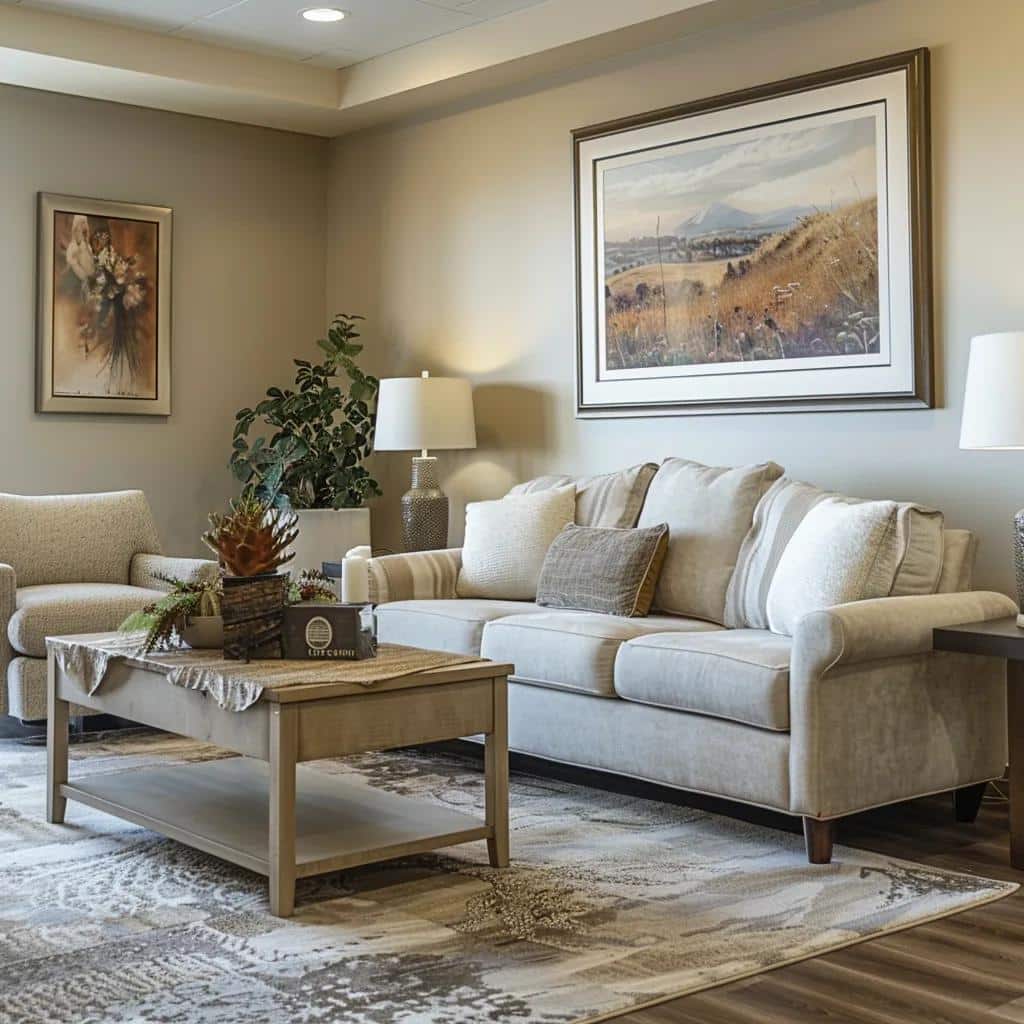
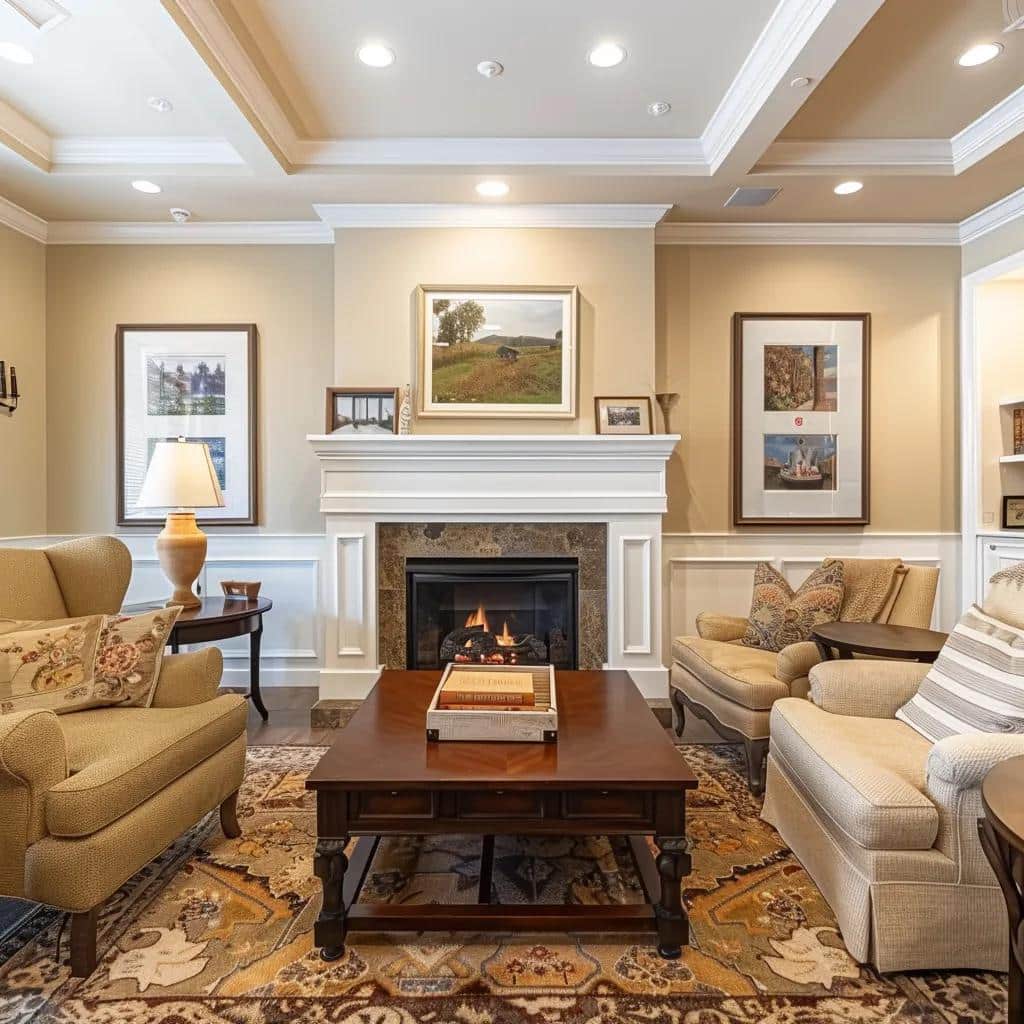
Decor incorporates familiar furnishings, memory boxes outside each residence, and choice-based décor options. Living rooms resemble family dens with fireplaces, photos of local landmarks, and shelves of well-loved books. Outdoor patios include raised garden beds and walking paths designed for stability and sensory engagement.
How Are Residents Supported Emotionally and Cognitively?
Staff use validation therapy techniques, personalized reminiscing prompts, and cognitive-stimulation exercises tailored to each resident’s history. Emotional support comes through daily check-ins, grief counseling options, and family workshops that strengthen connections and reduce isolation.
What Support Resources Are Available for Families Navigating Dementia Care?
Families navigating dementia care benefit from educational materials, community partnerships, and peer support networks to ease transitions and maintain caregiver well-being.
How Can Families Access Caregiver Resources and Support Groups?
Local Alzheimer’s Association chapters host monthly support meetings and skill-building workshops. Online forums offer 24/7 peer connections and expert Q&A sessions. Memory Lane Home provides quarterly family education nights with guest speakers on dementia management and self-care for caregivers.
What Guidance Is Offered for Transitioning to Memory Care?
Guidance includes pre-move consultations, personalized transition checklists, guided tours with personalized room set-ups, and post-move adjustment sessions. These steps reduce stress and accelerate comfort in the new environment.
How Does Family Involvement Enhance Resident Well-being?
Active family participation—through shared mealtimes, memory-story exchanges, and holiday celebrations—reinforces identity and emotional security for residents. Regular communication with care teams ensures transparency and collective decision-making.
Frequently Asked Questions
What Should Families Look for in a Memory Care Facility?
When evaluating memory care facilities, families should consider several key factors. Look for a facility with a high caregiver-to-resident ratio, which ensures personalized attention. Assess the staff’s training and experience in dementia care, as well as the variety of therapeutic programs offered. Additionally, consider the facility’s safety features, such as secure environments and emergency response systems. Finally, family involvement policies and the overall atmosphere should align with your loved one’s needs and preferences.
How Can Families Stay Involved in Their Loved One’s Care?
Families can remain actively involved in their loved one’s care by participating in regular communication with staff, attending family meetings, and engaging in scheduled visits. Many facilities encourage family members to join in activities, share meals, and participate in memory-sharing sessions. This involvement not only strengthens emotional bonds but also helps caregivers understand the resident’s preferences and history, enhancing the overall care experience.
What Are the Benefits of Therapeutic Activities in Memory Care?
Therapeutic activities in memory care facilities provide numerous benefits for residents. These activities, such as music and art therapy, stimulate cognitive function, improve mood, and foster social connections among residents. Engaging in structured programs can help reduce anxiety and agitation, while also promoting a sense of accomplishment and purpose. Overall, these activities contribute to a higher quality of life and can slow cognitive decline by encouraging mental engagement.
How Do Facilities Support Families During the Transition to Memory Care?
Facilities often provide comprehensive support to families during the transition to memory care. This may include pre-move consultations to discuss concerns, personalized checklists to ease the process, and guided tours to familiarize both residents and families with the new environment. Post-move adjustment sessions can help address any challenges that arise, ensuring that families feel supported and informed throughout the transition.
What Resources Are Available for Caregiver Support?
Caregivers can access various resources to support their well-being. Local Alzheimer’s Association chapters often host support groups and educational workshops. Online forums provide 24/7 access to peer support and expert advice. Additionally, many memory care facilities offer family education nights, where caregivers can learn about dementia management strategies and self-care techniques, helping them navigate the challenges of caregiving more effectively.
What Is the Role of Technology in Memory Care Facilities?
Technology plays a significant role in enhancing the safety and quality of life for residents in memory care facilities. Many facilities utilize monitoring systems to track residents’ movements and ensure their safety. Additionally, technology can facilitate communication between staff and families, providing updates on residents’ well-being. Some facilities also incorporate digital tools for therapeutic activities, such as interactive games and virtual reality experiences, which can engage residents cognitively and emotionally.
What Services Are Included in Memory Care?
Memory care typically includes:
- 24-hour supervised dementia support
- Personalized assistance with activities of daily living
- Medication management and health monitoring
- Structured therapeutic activities
- Secure indoor/outdoor environments
These core services ensure safety, stimulation, and comfort.
How Do You Know When Memory Care Is Needed?
Signs that memory care may be needed include:
- Frequent wandering or getting lost in familiar places
- Difficulty with basic self-care tasks like dressing or eating
- Significant mood swings or behavioral changes
- Safety incidents such as falls or leaving appliances on
Early recognition enables timely intervention and planning.
What Is the Difference Between Memory Care and Home Care?
Memory care offers a specialized environment with 24/7 on-site supervision, structured group activities, and secure layouts, whereas home care provides in-home support services—often with limited cognitive-stimulation programming or environmental safeguards. Memory care ensures comprehensive, all-day cognitive support under one roof.
How Do Saline Facilities Ensure Resident Safety?
Saline memory care facilities implement key measures:
- Locked perimeter doors and monitored entry systems
- Color-coded pathways to reduce confusion
- Fall-prevention flooring and handrail placements
- Emergency response systems in each suite
These features work together to minimize risks while preserving resident independence.
Memory Lane Home’s person-centered approach, combined with specialized staff training and engaging programs, creates a nurturing environment that fosters dignity, safety, and cognitive well-being. Families gain confidence knowing their loved ones receive expert support in a familiar, home-like setting. We invite you to schedule a tour to explore how our dedicated team can support your family’s journey through dementia care.
Conclusion
Memory Lane Home’s person-centered approach, combined with specialized staff training and engaging programs, creates a nurturing environment that fosters dignity, safety, and cognitive well-being. Families gain confidence knowing their loved ones receive expert support in a familiar, home-like setting. To learn more about how we can assist your family during this journey, we encourage you to schedule a tour. Discover the difference that compassionate, specialized care can make for your loved one today.


